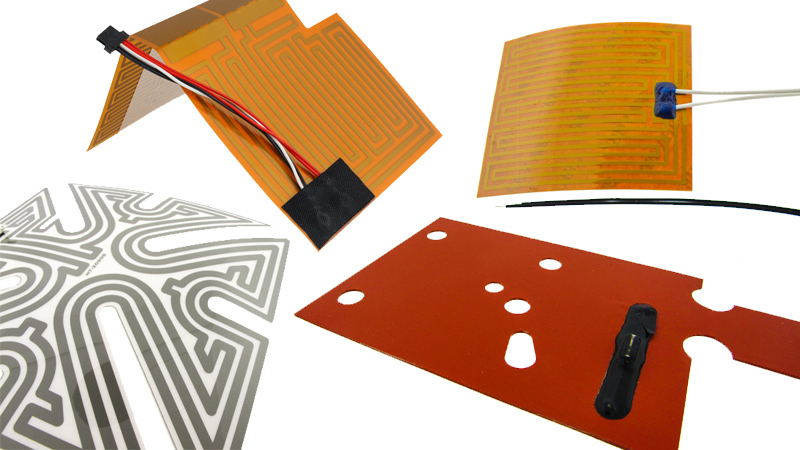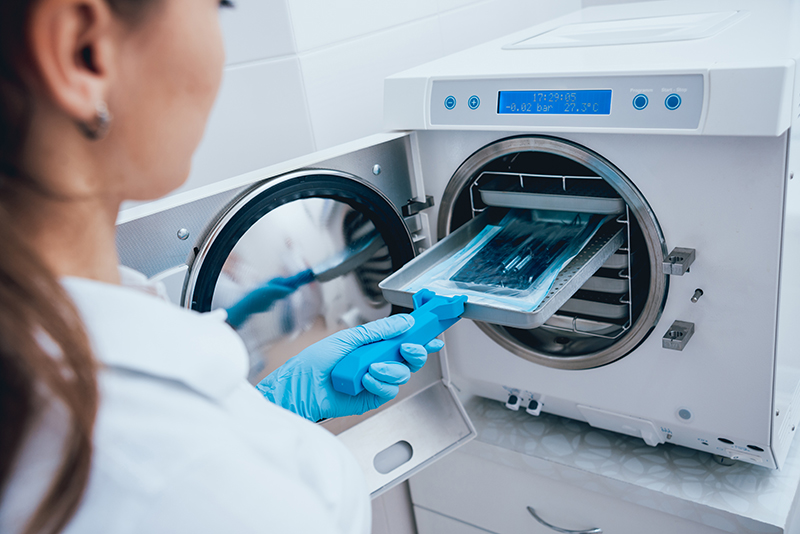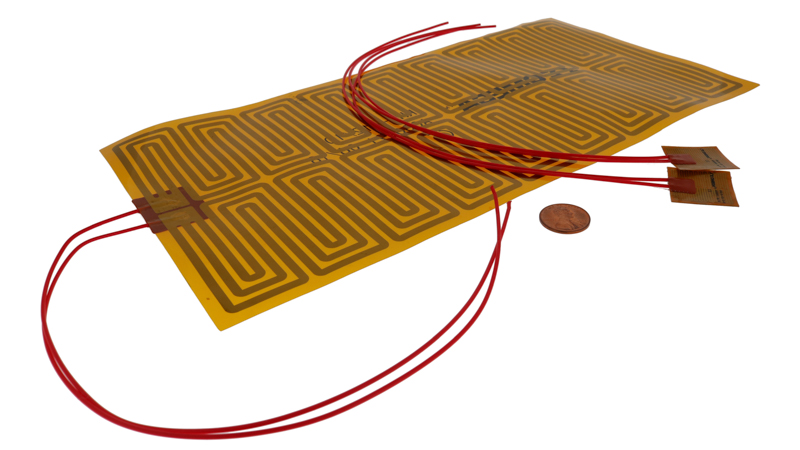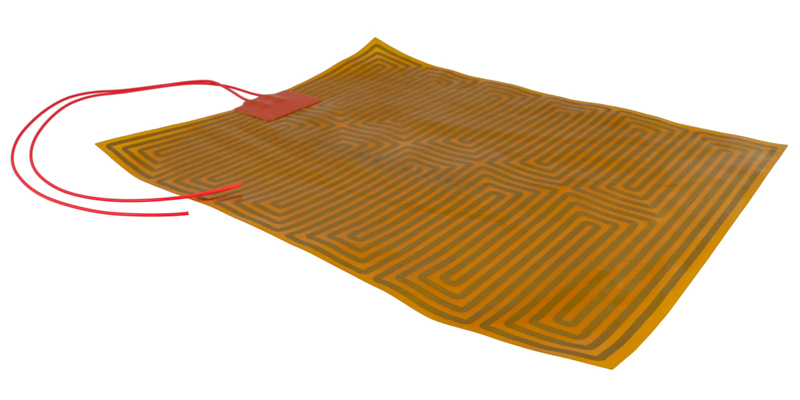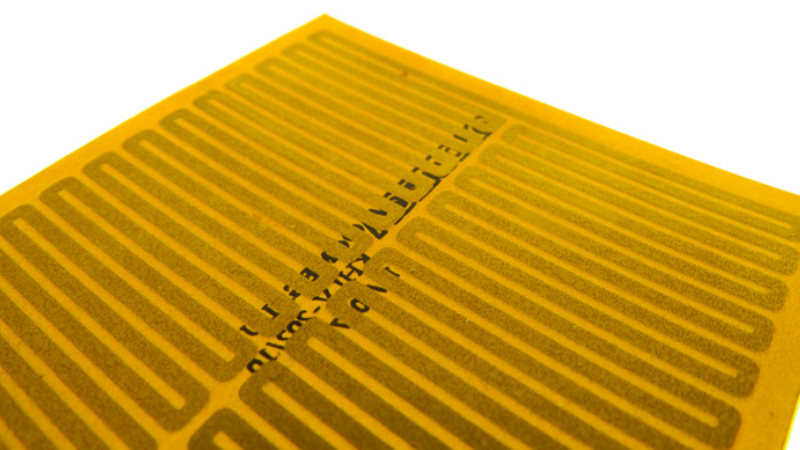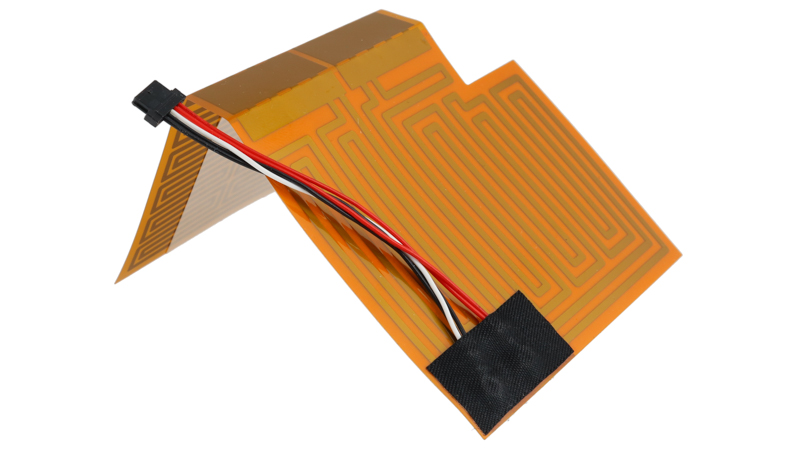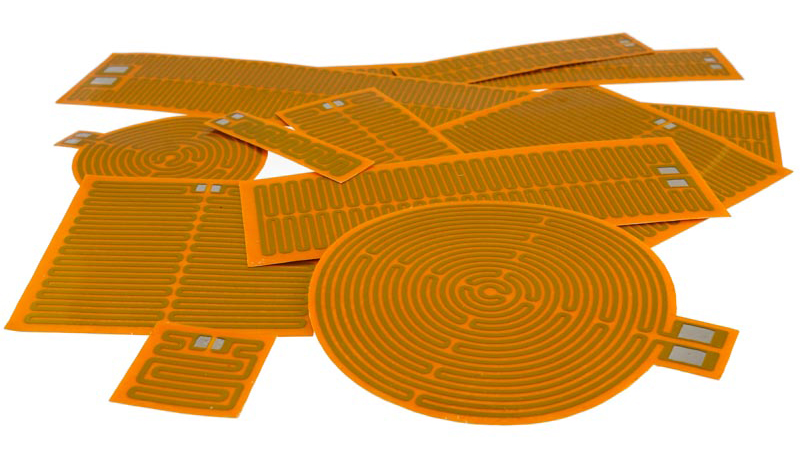Designing flexible heaters requires careful consideration of various factors to ensure cost-effective manufacturing without compromising performance or quality. In this blog post, we will explore the top tips for designing flexible heaters that can be manufactured efficiently and economically.
Flexible heating elements have been used in various devices and applications for decades, but in recent years, flexible heaters have become increasingly used and relied upon in the medical industry. There are several reasons for this, but most importantly, they offer a wide range of benefits that other types of heaters simply cannot match.
Flexible heaters bring with them a wide range of advantages that cannot be ignored for most applications. For starters, they offer superior versatility (hence the name) when alternative types of heaters and can have very thin form factors as well.
Flexible heaters offer a way for commercial, industrial, and mil-aero applications to receive the desired heat at specific places. These heaters can be used for multiple purposes, from keeping food warm in cafeterias and drying up condensation in aerospace control panels to being used to control temperatures in medical equipment.
Flexible heaters are essential devices to provide heat to specific areas of an application. They are used in a wide range of industries including aerospace, medical, food service, and military. When applying heat to a surface, the right types of materials must be used for the heater. The heater must be flexible enough to bend and wrap around curved surfaces while avoiding working parts. They also have to be able to provide optimal heat transfer without damaging either the application or the heater’s elements and circuitry.
Flexible heaters allow customers to apply heat at targeted areas at any given moment. This procedure is desired for applications for a variety of reasons, such as preventing condensation to form on instrument panels, keeping the consistency of semi-fluid materials so that they may pass through pipe systems, or keeping systems warm during extreme environmental temperatures.
Flexible heaters are used in applications to keep systems, electronics, and products at the appropriate temperatures utilize a range of materials and thicknesses to achieve optimal heat output. Often when reaching out to a manufacturer, the customer will be asked to provide specifications regarding the application. The manufacturer will need to understand the wattage desired for the flexible heater and the temperature output that the flexible heater will provide.
Flexible heaters are used in numerous industries to provide heat in a selective area to deal with; condensation and mist, food processes, keeping electronics warm due to environmental temperature changes or keeping liquids in a fluid state. Temperature sensors are used to monitor the temperature of the flexible heater as well as the surface that is being heated.
Flexible heaters made from silicon and polyimide materials are designed to provide heating features to a wide range of applications. Their flexibility allows the heaters to wrap around odd-shaped surfaces when used inside or outside products. The flexibility of the heater is to provide enough heat for the intended application at the specific area without interfering with its functions.
When talking about flexible heaters, determining the amount of efficient heat necessary for the application is required. A range of factors impacts generated electrical heat, including the materials that are used, the wattage, the voltage, the size of the heater, and the pattern of the conducive materials within the heater. One of the vital factors in designing a flexible heater revolves around Ohm's Law.


